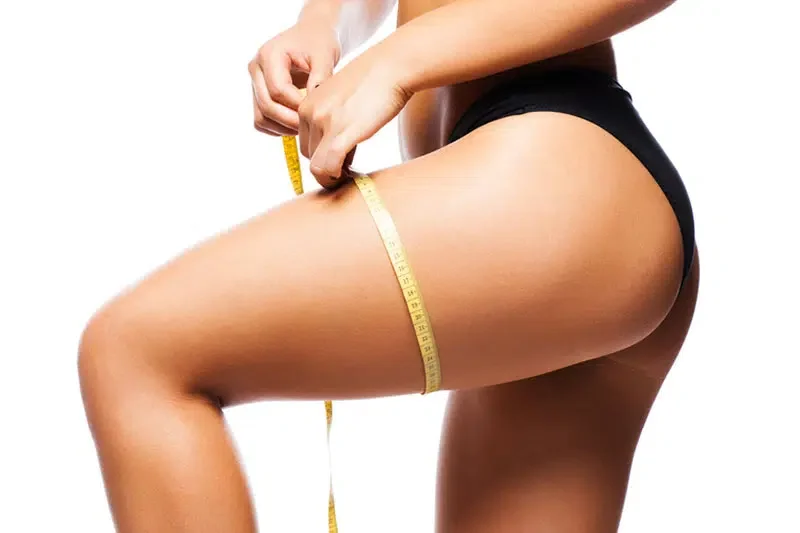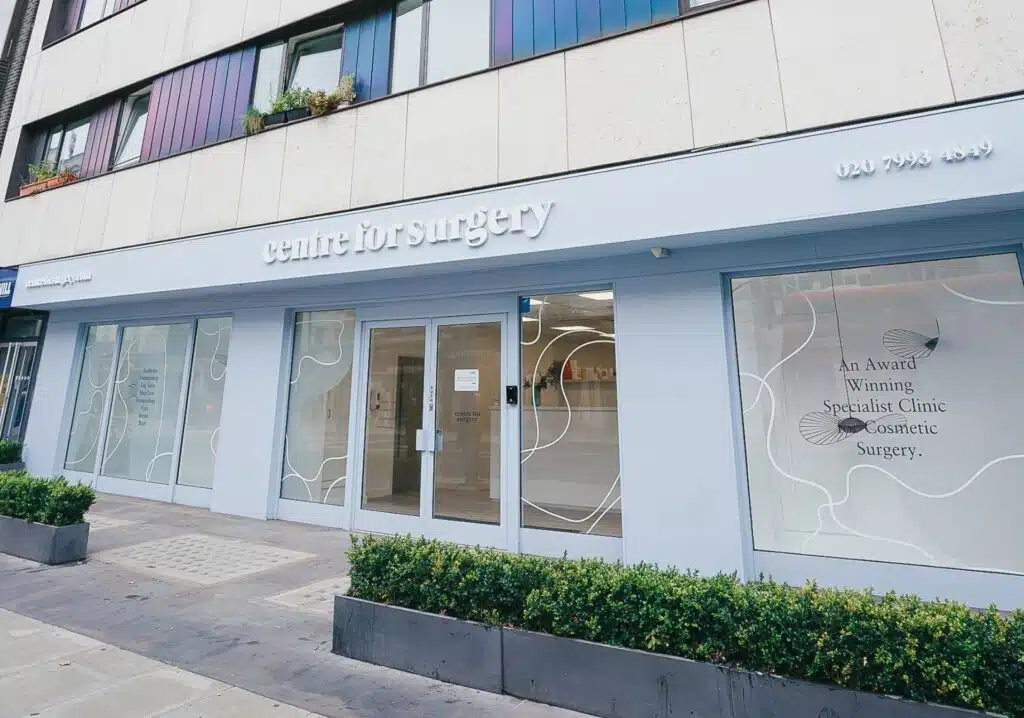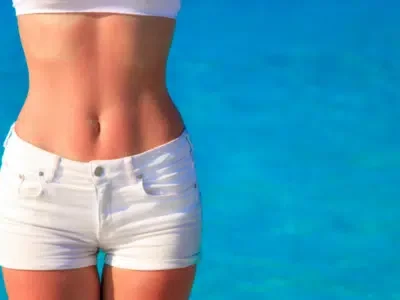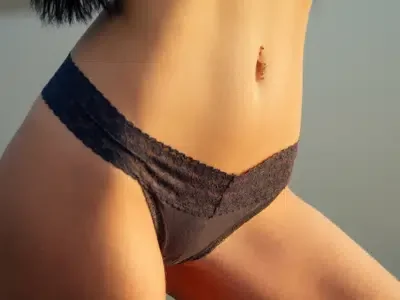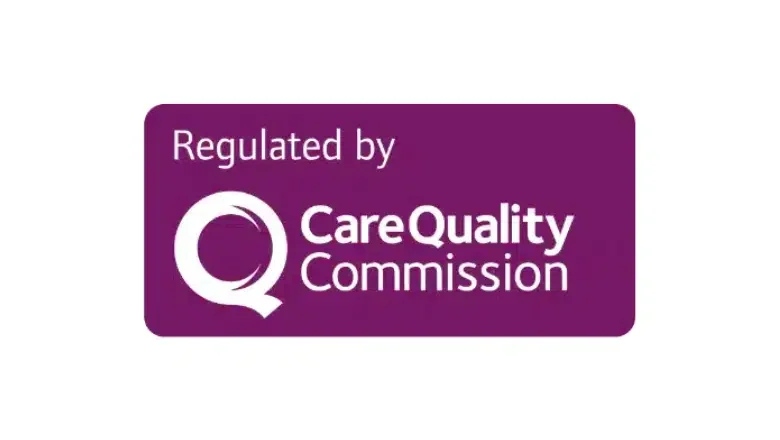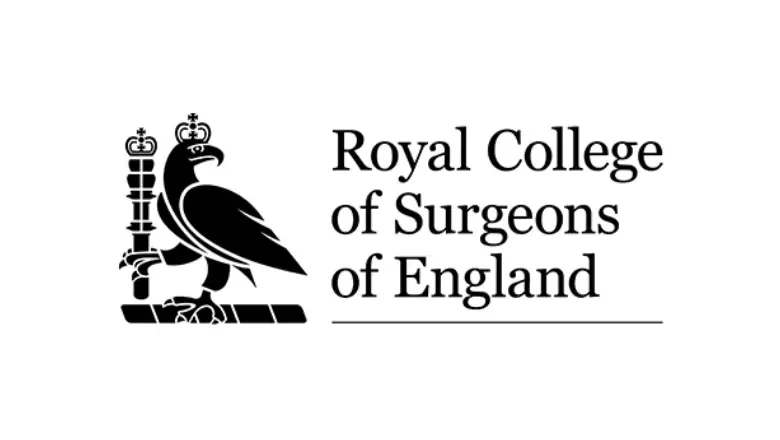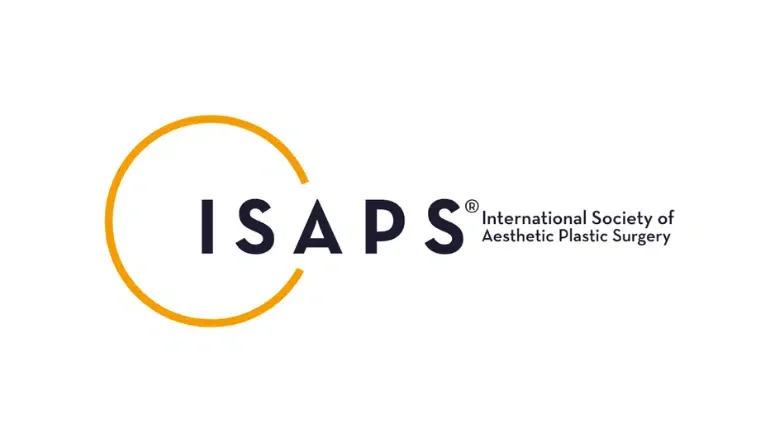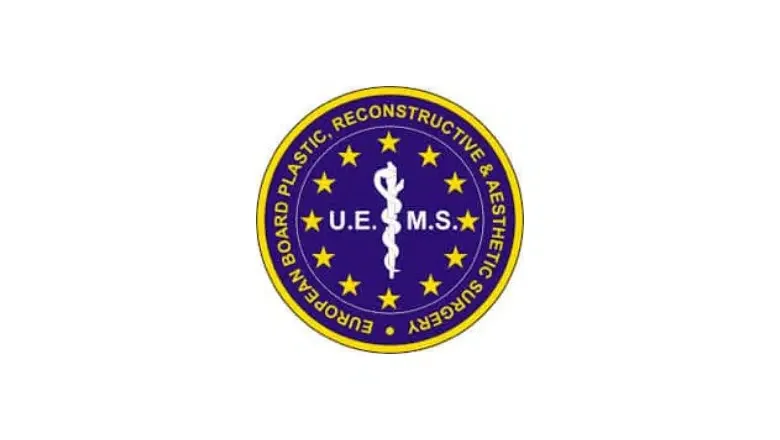Thigh liposuction is one of our most popularly requested procedures for removing excess fat from the thighs. Many patients consult with us to get rid of inner thigh fat for the improvement of cosmetic appearance and to eliminate chafing between the thighs. Thigh liposuction may also be combined with liposuction of the hips to remove unsightly bulges of prominent fat referred to as ‘saddlebags’.
Thigh liposuction involves mechanically detaching fat cells from surrounding connective tissue with specialised vibrating cannulas being gently extracted with vacuum suction. Patients can look forward to having slimmer and more sculpted thighs, which often appear more toned. Some patients may be able to achieve an inner thigh gap with inner thigh liposuction.
Stretchmarks and cellulite commonly coexist with excess thigh fat. Liposuction is not a recognised treatment for either of these conditions. However, at Centre for Surgery, we have two highly effective treatments: CelluTite for cellulite removal and Morpheus8 for stretchmarks.
What does liposuction of the thighs involve?
Thigh liposuction is most commonly used to get rid of inner thigh fat and can also be performed on the outer thighs to get rid of saddle bags, which are the localised prominences of fat located over the hip bones. There is also the option of 360 liposuction of the thighs, which involves circumferential liposuction of both the inner, outer, front, and back of the thighs and is commonly combined with liposuction of the knees.
Once you have decided to learn more about thigh liposuction, we recommend a face-to-face consultation with one of our expert body contouring surgeons to assess your suitability for thigh liposuction. As with all procedures at the Centre for Surgery, liposuction is performed as a day-case procedure, which means you can recover in the comfort of your own home later the same day.
Although thigh liposuction can be carried out under both general anaesthetic and local anaesthetic, local anaesthetic is ideally suited to small localised areas only. In all other cases, we would recommend a general anaesthetic for your complete comfort both during and after the procedure. Unlike traditional general anaesthetics used in hospitals, our anaesthetists are experts in total intravenous anaesthesia or TIVA, using short-acting medicines to ensure your recovery is rapid and without any feelings of dizziness or sickness.
Once your anaesthetist has put you to sleep, the areas of excess thigh fat will be accessed via very small incisions, which permit access to specialised liposuction cannulas to you efficiently break up fat cells and detach them from their surrounding connective tissue. Tiny incisions mean any potential scars are barely visible six weeks later. We most commonly use power-assisted liposuction to remove fat cells gently. This gentle removal process also means fat cells can easily be used for fat transfer. Many patients commonly choose to combine thigh liposuction with fat transfer. The most common areas for fat transfer include fat transfer to the buttocks, also known as a Brazilian butt lift or a BBL and fat transfer to the breasts. Fat transfer to the breasts is known as a natural method of breast augmentation as it uses your own body fat and does not involve silicone implants.
Once the thigh lipo procedure is complete, your surgeon will remove any residual anaesthetic fluid before applying sterile dressings to the treatment areas. You will recover in our specially designated recovery area, where a highly trained recovery nurse will closely monitor you. Once you are fit for discharge, you can go home with a responsible adult who will need to look after you for the first 24 hours after your thigh liposuction procedure.
One of the most common questions is, “Do fat cells grow back once they are removed?”. In all liposuction cases, and as long as you maintain a healthy lifestyle by eating sensibly and exercising regularly, your thighs will keep their new sculpted look. Fat does not grow back after liposuction.
Once the thigh liposuction procedure is complete, our theatre nurses will apply a specialised lipo compression garment that must be worn for at least 4 to 6 weeks. The surgical garment is designed to speed up the resolution of post-surgical swelling and help the thighs optimise their contour by keeping the skin firmly pressed down. Patients with a healthy body mass index below 25 are more likely to achieve aesthetically pleasing results than those with a BMI over 30. We recommend losing weight if your body mass index is over 30, as you may not see significant results.
Achieving the best thigh liposuction results depends on following all of your surgeon’s post-operative instructions to optimise healing and recovery. In most cases, patients can expect to recover fully from thigh liposuction between 6 to 8 weeks after the procedure. Your surgeon will review you at six weeks, and the initial results will become evident by this stage, but final results are expected between 3 and 6 months after surgery. Thigh liposuction is a type of body contouring procedure and should not be viewed as a specific treatment for weight loss. Patients seeking obesity treatment would be better advised to consider weight loss surgery if dieting and exercise have failed.
What are the benefits of thigh lipo?
Thigh lipo is a minimally invasive procedure with a short recovery period and can transform a patient’s self-confidence. The many benefits of thigh lipo include:
- More sculpted thighs
- Thinner thighs
- Ability to create a thigh gap
- Eliminate chafing of inner thigh skin
- Clothes fit better
- Patients have the freedom to wear fitted clothing without feeling self-conscious.
- An improvement in emotional well-being
- Reduced anxiety and stress
- Ability to combine the procedure with fat transfer
Who are the most appropriate candidates?
Your surgeon will assess you at a one-on-one consultation to determine your suitability and will take the following factors into account:
- You have a body mass index below 30
- You are in good physical health with no chronic medical conditions like heart disease.
- You are concerned about the appearance of fat thighs
- You suffer from skin irritation from inner thighs rubbing together and are keen to get rid of inner thigh fat
- You have realistic expectations of what thigh liposuction can achieve and are aware of the risks and complications of the procedure.
Can thigh liposuction be combined with other types of body contouring surgery?
Thigh liposuction is commonly carried out on its own, whether to treat the inner or outer thighs. Inner thigh liposuction is often combined with knee liposuction to remove fat knees. Thigh lipo can also be combined with liposuction to other body areas, such as stomach or back liposuction. 360 liposuction is one of our most popular types of liposuction treatment carried out at Centre for Surgery for dramatic treatment results.
What are the common liposuction areas?
Many patients develop loose skin on the thighs and are understandably concerned about the appearance of sagging skin. Many patients choose to combine thigh liposuction with a thigh lift procedure for the removal of both excessive fat and loose skin from the inner thighs.
Due to the highly sophisticated techniques of removing fat, the fat cells are well preserved once removed and can be used for a fat transfer procedure for volume enhancement in another part of the body. Fat transfer involves liposuction as the first step to remove the fat before being injected into another area. The most common body fat transfer procedures include gluteal fat transfer and breast fat transfer. Facial fat transfer may also involve thigh liposuction to remove thigh fat.
Fat transfer to the buttocks can also improve their firmness. In moderate to severe cases of saggy buttocks, patients may wish to consider having a surgical buttock lift procedure, which involves the removal of skin and fat from the area joining the lower back with the upper part of the buttocks. This procedure results in the buttocks appearing more lifted and can be combined with a Brazilian butt lift or BBL to increase projection and volume in the buttocks.
Mummy makeover surgery is an all-in-one procedure and most commonly involves a combination of procedures, including breast augmentation and breast lift combined with liposuction of the abdomen or thighs. Abdominoplasty or tummy tuck surgery may be combined with stomach liposuction for women with loose skin after pregnancy. The purpose of a mummy makeover is to return a woman’s body shape to its pre-pregnancy state.
Cellulite most commonly affects the outer thighs and buttocks and is easily treatable with an innovative procedure we offer at Centre for Surgery called CelluTite. CelluTite is a radiofrequency treatment combined with cellulite subcision to effectively break up the vertical bands, which pull the skin inwards, giving rise to a dimpled or pitted skin appearance. CelluTite can be combined with thigh liposuction in the same procedure to get rid of fat thighs and cellulite in the same procedure.
Please get in touch with us to arrange a consultation with an expert surgeon who will be able to advise you on the optimal combination of treatments to achieve slimmer-looking and toned thighs.
Why choose Centre for Surgery?
Patients choose Centre for Surgery for their thigh liposuction procedure for several reasons, including:
- Centre for Surgery is one of the top cosmetic clinics in London and has an excellent reputation, as shown by hundreds of verified five-star Google and Trustpilot reviews
- We only work with fully GMC-registered liposuction specialists with experience in carrying out all types of thigh liposuction.
- Our patient satisfaction levels after liposuction exceed 95%, with many patients recommending their friends and family to us.
- We pride ourselves on using only the most effective and medically proven liposuction techniques to achieve the best liposuction results.
- We are a specialised case facility, with our state-of-the-art Baker Street clinic in Marylebone being one of London’s leading cosmetic surgery clinics.
- Our preoperative and post-operative nursing team keeps in regular contact with you to ensure you are fully prepared for your procedure and your healing after the procedure proceeds as smoothly as possible.
- Our surgeons are experts with all types of liposuction, including SmartLipo, Vaser liposuction, Tickle lipo, Body-Jet, Microaire and PAL lipo.
- We are one of the few cosmetic surgery providers specialising in total intravenous anaesthesia to enable rapid recovery after your procedure, enabling you to go home later the same day.
How much does thigh liposuction cost?
Thigh liposuction starts from £3500 at the Centre for Surgery. The cost of the procedure will increase if you plan to have extra liposuction areas included. Many patients choose to have 360 liposuction of the thighs, which costs approximately £6000. The cost of inner liposuction in the UK depends on whether the inner and outer thighs are treated together and if liposuction is carried out elsewhere, such as the stomach or chest.
Thigh lipo cost includes all preoperative and post-operative care, unlimited surgeon follow-ups after your procedure, anaesthetist fees, facility fees and your allocated patient coordinator to answer your questions and concerns during your patient journey with Centre for Surgery. Our post-operative nursing care has been described as ‘outstanding’ by the Care Quality Commission.
Online prices should be viewed as a rough guide only and accurate thigh liposuction costs will be given once you have consulted the surgeon. Our patient coordinator will be able to provide you with the cost of your treatment after the consultation.
Thigh liposuction is not available on the NHS, and the treatment is only available at private clinics where you will have to fund the cost of the procedure yourself or in conjunction with a finance plan. Centre for Surgery has partnered with Chrysalis Finance to offer our patients affordable financing for liposuction.
What are the causes of fat thighs?
The development of fat thighs is linked to several potential lifestyle factors. Many people increasingly have a more sedentary lifestyle with little or no exercise in a typical day and this is combined with the consumption of a highly calorific diet. People who consume high quantities of sugary foods and fatty foods with little or no vegetables and fruit are more likely to develop an increase in overall body fat levels and the risk of developing fat thighs. Many people who drink alcohol are often unaware that certain alcoholic beverages contain a significant amount of sugar, which results in a high-calorie count.
The size and shape of the thighs can also be determined by hereditary factors, with certain people more likely to have fat thighs if they run in the family, even if they eat a healthy diet and exercise regularly. One’s gender can also determine the appearance of inner thigh fat and outer thigh fat. Women are more likely to have prominent areas of fat on the outer part of the hips, known as ‘saddlebags’. These prominent areas of fat appear most obvious when viewed face-on and typically develop during puberty when circulating oestrogen levels rise. Saddlebags rarely appear in isolation and are often found with areas of fatty prominence elsewhere, such as large buttocks and fat knees.
In women, excessive fat tends to collect in certain areas of the body, such as the inner thighs, and it’s more likely to occur with the natural ageing process. Significant weight gain and ageing contribute most to the development of fat thighs; however, some women may be genetically predisposed to developing large thighs. Many patients come to see us when they are bothered by the development of thigh chafing due to the inner thighs rubbing together when walking or running.
As many women approach menopause, the levels of oestrogen in the body begin to decline significantly. Although many women may be looking forward to losing thigh fat, sadly, this does not occur. This is because your basal metabolism begins to decrease during menopause, which means it becomes easier to gain weight despite eating a normal diet and exercising regularly.
Pregnancy is often the time when women may begin to develop larger thighs as a result of weight gain. Many women have significant difficulty getting rid of their pregnancy-related weight gain, and so come to the Centre for Surgery to consider thigh liposuction. Our surgeons commonly combine thigh lipo as part of a mummy makeover procedure to return a woman’s body contours to their pre-pregnancy shape.
How can I reduce thigh fat without surgery?
Most people with excess thigh fat often have difficulty achieving slim-looking thighs. The best way to get rid of fat thighs is to adopt healthy lifestyle habits, including eating a healthy diet and undertaking regular physical exercise.
There are many self-help guides detailing a variety of healthy diets you could follow. The key similarities include many fruit and vegetables, plenty of whole-grain foods, and lean protein sources. You should avoid certain refined sugar foods, such as cakes and biscuits. It would help to minimise your intake of sweetened fizzy drinks as these are a recognised cause of developing fat thighs. Excessive alcohol consumption can result in people developing large thighs, and you should try to adhere to drinking no more than 14 units a week as the NHS recommends.
Regular physical exercise is a good idea. We recommend 30-minute sessions approximately five times weekly to reduce thigh fat and achieve slimmer and more contoured thighs. This means you will meet the recommended exercise duration of 150 minutes a week.
Several specific exercises, including squats, target the thighs to tone and contour them. Several exercises focus on particular areas of the thighs, such as lateral thigh raises, which involve lying down on your side whilst lifting your hips and engaging your core simultaneously. These exercises should be continued for 10 to 15 repetitions, and then you should repeat the movement on the other side. Other types of exercise will target generalised body fat, such as cardiovascular exercise, including running, cycling and swimming. Patients unable to commit to 150 minutes a week due to a busy job may consider high-intensity interval training, which involves intense bouts of exercise followed by a brief rest in between. Overall workout durations can be between 15 to 20 minutes. Regular walking can have a beneficial effect on the thighs with an improvement in thigh tone.
It is easy to find various weight loss supplements online or available over the counter at many High Street health food stores. We would generally advise against weight loss supplements as many are expensive and have no proven effectiveness. In some cases, they may even be dangerous, and you should always consult with your GP before considering taking weight loss supplements. Your GP can recommend appropriate supplements to take in conjunction with a healthy diet and regular physical exercise. Any weight loss supplement should not be viewed as a replacement for maintaining a healthy lifestyle.
In many cases, the development of thigh fat is related to genetics, and there is not much that can be done to get rid of thigh fat caused by hereditary factors. Although diet and exercise are excellent ways to keep overall body fat levels low, they may not be able to reduce thigh fat. In these cases, we would recommend considering thigh liposuction. Liposuction of the inner or outer thighs can effectively eliminate stubborn thigh fat in one treatment.
Patients looking for the best results should ensure they have realistic expectations of what thigh liposuction can achieve. This means conducting thorough research and asking your surgeon as many questions as you need to build a clear picture of the procedure. Many patients would like to achieve a thigh gap after inner thigh liposuction. In many cases, whether this is achievable depends on the structure of your thigh bone and muscles and is not related to excessive thigh fat.
